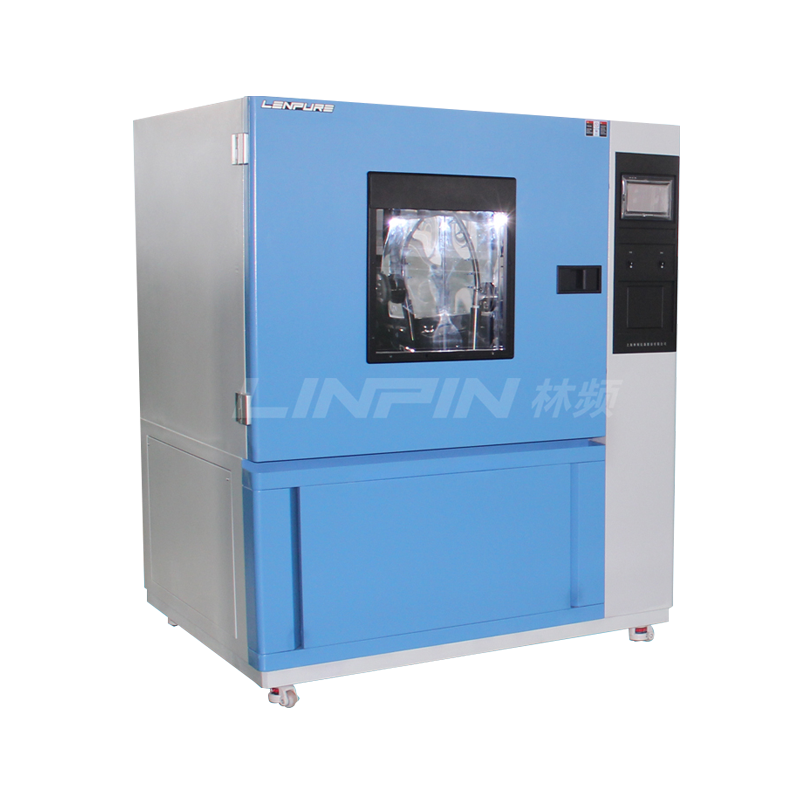

When discussing the water resistance of electronic products, we often encounter various water resistance standards. Among them, the IPX56 rain test chamber and IP44 water resistance are two common water resistance testing standards. To gain a deeper understanding of these standards, the following will elaborate on their concepts and differences.

IPX56 Rain Test Chamber:
IPX5: This indicates that the device can withstand water jets sprayed from any direction without harmful effects. This is typically tested by simulating a nozzle with a diameter of 6.3 mm, spraying water at a flow rate of 12.5 L/min from a distance of 3 meters for a duration of 3 minutes.
IPX6: This indicates that the device can withstand more powerful water jets, such as simulating a flow rate of 100 L/min from a nozzle with a diameter of 12.5 mm, sprayed from a distance of 3 meters for 3 minutes. This type of test is more suitable for simulating heavy rain or high-pressure water jet environments.
IP44 Water Resistance:
The first digit “4” in IP44 represents the solid protection level, which means preventing the ingress of solid objects larger than 1 mm.
The second digit “4” represents the liquid protection level, which means the device can withstand water splashed from any direction without harmful effects. This is usually tested by simulating water droplets splashing onto the device at certain angles and speeds.
Testing Methods:
IPX56 Rain Test Chamber: This uses a device that simulates a rain environment. By adjusting parameters such as nozzle diameter, flow rate, and spray distance, it simulates different intensities of water spray to test the device’s water resistance.
IP44 Water Resistance: The testing method usually includes simulating water droplets splashing onto the device, observing whether there is any water leakage or electrical leakage. Testing conditions may include different splash angles, speeds, and durations.
There are significant differences between the IPX56 rain test chamber and IP44 water resistance in terms of water resistance levels, testing methods, and application scenarios. The choice of water resistance level and testing method depends on the specific usage environment and water resistance requirements of the device.